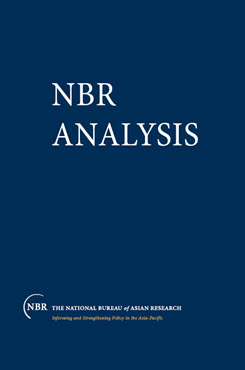Indonesia's Coming Succession
Constitutional Text, Historical Context, and Recommendations for U.S. Policy in a Time of Crisis
The author shows how the ambiguous Indonesian constitution has been used to rationalize past regimes, and how it may be used in the future.
Indonesian President Soeharto acquired his seventh five-year term in March 1998, but he is nearly 77 years old and faces an uncertain future. In the event that he is unable to complete his new term, will his vice president, B. J. Habibie, automatically take over, or will steps be taken that could give others a shot at the top job? How should the United States respond to events in Indonesia? The author reviews constitutional and historical evidence helpful to answering these questions. The author shows how the ambiguous Indonesian constitution has been used to rationalize past regimes, and how it may be used in the future. Should succession occur before March 2003, and if a nominating body for some reason cannot be convened to witness the transfer, Habibie could be sworn in by the Supreme Court. However, there could be calls for such a body to meet, and constitutionally an assembly would have to be convened by 2003. Such a body might renew a Habibie presidency, or it could support, or be made to support, someone else. The new president could use the constitution to rationalize autocracy, as in the past, but he or she could also use the document to legitimize a more democratic order. Regarding American policy, the author suggests that rather than isolate Indonesia or embrace Soeharto, the United States should channel significant humanitarian and development assistance to ordinary Indonesians and promote nongovernmental interaction between Americans and Indonesians. This would encourage economic and political reforms toward better governance, greater adherence to the rule of law, and a more robust civil society.


